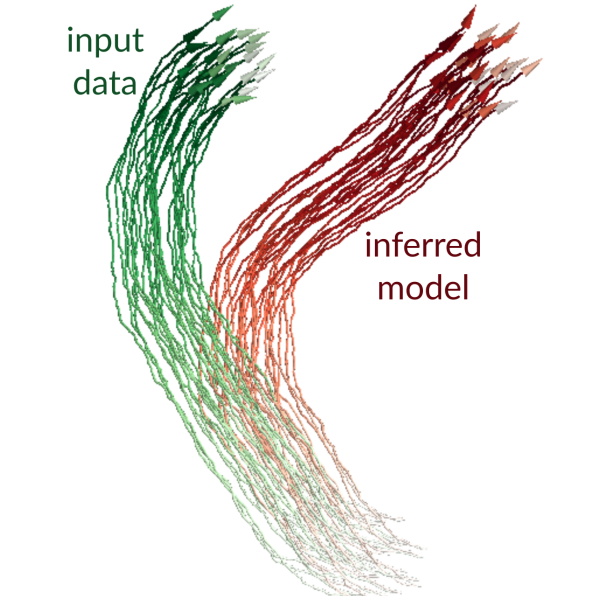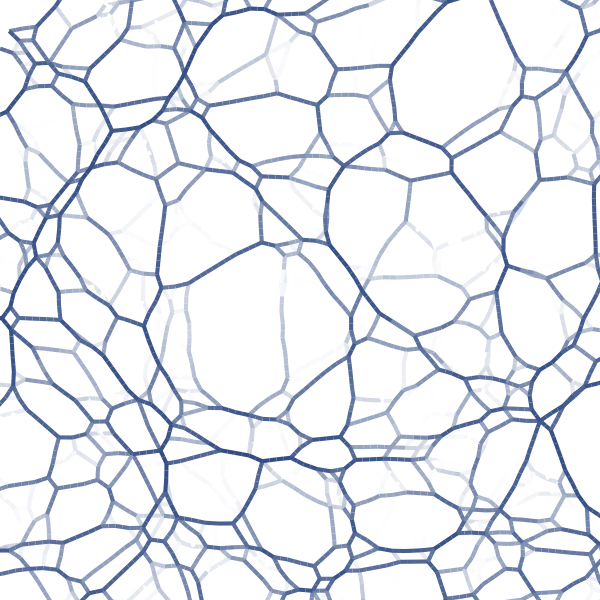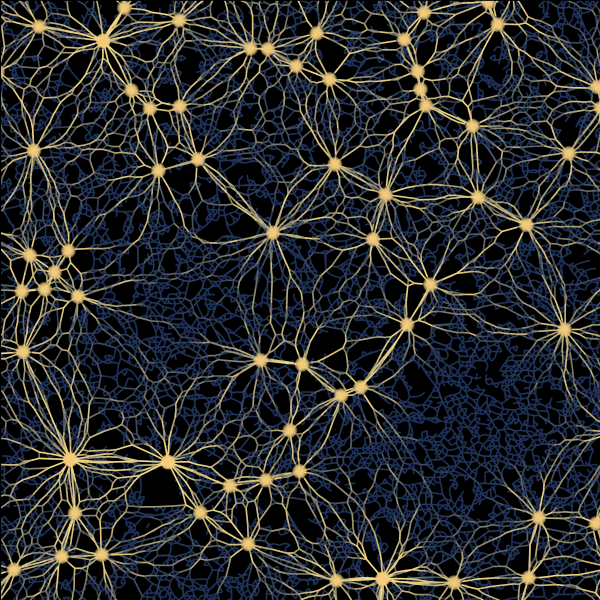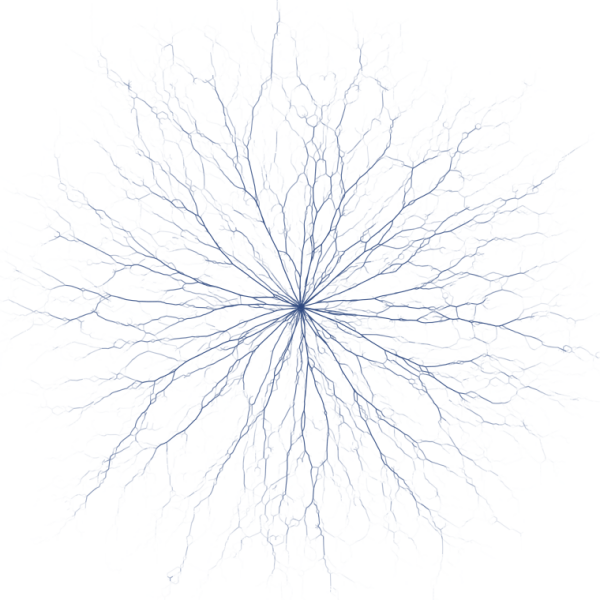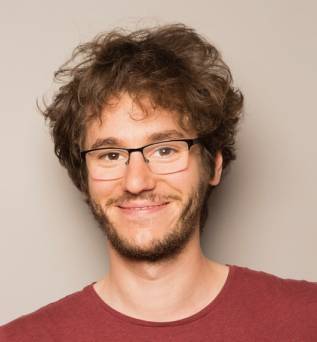2024
Assessment of coupled bilayer-cytoskeleton modelling strategy for red blood cell dynamics in flow
V Puthumana, Paul G. Chen, M Leonetti, R Lasserre, M Jaeger
Journal of Fluid Mechanics 979:A44 (2024)10.1017/jfm.2023.1092
2023
Breakups of Chitosan microcapsules in extensional flow
Revaz Chachanidze, Kaili Xie, Jinming Lyu, Marc Jaeger, Marc Leonetti
Journal of Colloid and Interface Science 629:445-454 (2023)10.1016/j.jcis.2022.08.169
Swirling of vesicles: Shapes and dynamics in Poiseuille flow as a model of RBC microcirculation
Jinming Lyu, Paul G. Chen, Alexander Farutin, Marc Jaeger, Chaouqi Misbah, Marc Leonetti
Physical Review Fluids 8:L021602 (2023)10.1103/PhysRevFluids.8.L021602
Two steps forward – and one step back?
Pierre Ronceray
Journal Club for Condensed Matter Physics (2023)10.36471/jccm_July_2023_02
Mechanical characterization of core-shell microcapsules
Kaili Xie, Marc Leonetti
Comptes Rendus. Mécanique 351:1-20 (2023)10.5802/crmeca.148
Local response and emerging nonlinear elastic length scale in biopolymer matrices
Haiqian Yang, Estelle Berthier, Chenghai Li, Pierre Ronceray, Yu Long Han, Chase Broedersz, Shengqiang Cai, Ming Guo
Proceedings of the National Academy of Sciences of the United States of America 120 (2023)10.1073/pnas.2304666120
2022
Twenty-five years of nanoscale thermodynamics
Chase Broedersz, Pierre Ronceray
Nature 604:46-47 (2022)10.1038/d41586-022-00869-y
Structural characterization of the interfacial self-assembly of chitosan with oppositely charged surfactant
Revaz Chachanidzea, Kaili Xie, Hanna Massaad, Denis C.D. Roux, Marc Léonetti, Clément de Loubens
Journal of Colloid and Interface Science 616:911-920 (2022)10.1016/j.jcis.2022.01.143
Liquid demixing in elastic networks: Cavitation, permeation, or size selection?
Pierre Ronceray, Sheng Mao, Andrej Košmrlj, Mikko Haataja
EPL - Europhysics Letters 137:67001 (2022)10.1209/0295-5075/ac56ac
Stoichiometry Controls the Dynamics of Liquid Condensates of Associative Proteins
Pierre Ronceray, Yaojun Zhang, Xichong Liu, Ned Wingreen
Physical Review Letters 128:038102 (2022)10.1103/PhysRevLett.128.038102
2021
Effect of pulse width on the dynamics of a deflated vesicle in unipolar and bipolar pulsed electric fields
Sudip Das, Marc Jaeger, Marc Leonetti, Rochish M. Thaokar, Paul G. Chen
Physics of Fluids 33:081905 (2021)10.1063/5.0057168
Dynamics of pearling instability in polymersomes: the role of shear membrane viscosity and spontaneous curvature
J Lyu, K Xie, R Chachanidze, A Kahli, Gwenn Boedec, Marc Leonetti
Physics of Fluids 33:122016 (2021)10.1063/5.0075266
An isogeometric boundary element method for soft particles flowing in microfluidic channels
Jinming Lyu, Paul G. Chen, G. Boedec, M. Leonetti, Marc Jaeger
Computers and Fluids 214:104786 (2021)10.1016/j.compfluid.2020.104786
Membrane emulsification for the production of suspensions of uniform microcapsules with tunable mechanical properties
Mehdi Maleki, Clément de Loubens, Kaili Xie, Emeline Talansier, Hugues Bodiguel, Marc Léonetti
Chemical Engineering Science 237 (2021)10.1016/j.ces.2021.116567
The Open State Selectivity of the Bean Seed VDAC Depends on Stigmasterol and Ion Concentration
Hayet Saidani, Marc Léonetti, Hanna Kmita, Fabrice Homblé
International Journal of Molecular Sciences 22:3034 (2021)10.3390/ijms22063034
Self-organization and shape change by active polarization in nematic droplets
Fabian Jan Schwarzendahl, Pierre Ronceray, Kimberly Weirich, Kinjal Dasbiswas
Physical Review Research 3:043061 (2021)10.1103/PhysRevResearch.3.043061
Nucleation landscape of biomolecular condensates
Shunsuke Shimobayashi, Pierre Ronceray, David Sanders, Mikko Haataja, Clifford Brangwynne
Nature 599:503-506 (2021)10.1038/s41586-021-03905-5
Physical bioenergetics: Energy fluxes, budgets, and constraints in cells
Xingbo Yang, Matthias Heinemann, Jonathon Howard, Greg Huber, Srividya Iyer-Biswas, Guillaume Le Treut, Michael Lynch, Kristi L Montooth, Daniel J Needleman, Simone Pigolotti, Jonathan Rodenfels, Pierre Ronceray, Sadasivan Shankar, Iman Tavassoly, Shashi Thutupalli, Denis V Titov, Jin Wang, Peter J Foster
Proceedings of the National Academy of Sciences of the United States of America 118:e2026786118 (2021)10.1073/pnas.2026786118
2020
Shape transition and hydrodynamics of vesicles in tube flow
Paul G. Chen, J M Lyu, M Jaeger, M. Leonetti
Physical Review Fluids 5:043602 (2020)10.1103/PhysRevFluids.5.043602
2019
Glutaraldehyde – A Subtle Tool in the Investigation of Healthy and Pathologic Red Blood Cells
Asena Abay, Greta Simionato, Revaz Chachanidze, Anna Bogdanova, Laura Hertz, Paola Bianchi, Emile van den Akker, Marieke von Lindern, Marc Léonetti, Giampaolo Minetti, Christian Wagner, Lars Kaestner
Frontiers in Physiology 10 (2019)10.3389/fphys.2019.00514
Oblate to prolate transition of a vesicle under flow
Maximilien Degonville, Gwenn Boedec, Marc Leonetti
European Physical Journal E: Soft matter and biological physics (2019)10.1140/epje/i2019-11881-0
Dynamics of particle migration in confined viscoelastic Poiseuille flows
Antoine Naillon, Clément de Loubens, William Chèvremont, Samuel Rouze, Marc Leonetti, Hugues Bodiguel
Physical Review Fluids 4:053301 (2019)10.1103/PhysRevFluids.4.053301
Fiber plucking by molecular motors yields large emergent contractility in stiff biopolymer networks
Pierre Ronceray, Chase P. Broedersz, Martin Lenz
Soft Matter 15:1481-1487 (2019)10.1039/c8sm00979a
Stress-dependent amplification of active forces in nonlinear elastic media
Pierre Ronceray, Chase Broedersz, Martin Lenz
Soft Matter 15:331-338 (2019)10.1039/c8sm00949j
2018
Cell contraction induces long-ranged stress stiffening in the extracellular matrix
Yu Long Han, Pierre Ronceray, Guoqiang Xu, Andrea Malandrino, Roger Kamm, Martin Lenz, Chase P. Broedersz, Ming Guo
Proceedings of the National Academy of Sciences of the United States of America 115:4075-4080 (2018)10.1073/pnas.1722619115
Hybrid continuum–coarse-grained modeling of erythrocytes
Jinming Lyu, Paul G. Chen, Gwenn Boedec, Marc Leonetti, Marc Jaeger
Comptes Rendus Mécanique 346:439-448 (2018)10.1016/j.crme.2018.04.015
2017
Isogeometric FEM-BEM simulations of drop, capsule and vesicle dynamics in Stokes flow
Gwenn Boedec, Marc Leonetti, Marc Jaeger
Journal of Computational Physics 342:117-138 (2017)10.1016/j.jcp.2017.04.024
Perturbations of the flow induced by a microcapsule in a capillary tube
Jonathan Gubspun, Marc Georgelin, Julien Deschamps, Marc Leonetti, Clément de Loubens, Roberto Trozzo
Fluid Dynamics Research 49:035501 (2017)10.1088/1873-7005/aa6270
One-step preparation of surface modified electrospun microfibers as suitable supports for protein immobilization
Guillaume Martrou, Marc Leonetti, Didier Gigmes, Thomas Trimaille
Polymer Chemistry 8:1790-1796 (2017)10.1039/c6py02086k
Interfacial rheological properties of self-assembling biopolymer microcapsules
Kaili Xie, Clement de Loubens, Frédéric Dubreuil, Deniz Gunes, Marc Jaeger, Marc Leonetti
Soft Matter 13:6208-6217 (2017)10.1039/C7SM01377A
• PI startup package CENTURI , 2021-26 Measuring and modeling soft living matter
• CENTURI 2023-2025, Understanding margination, from vessels to vascular networks

